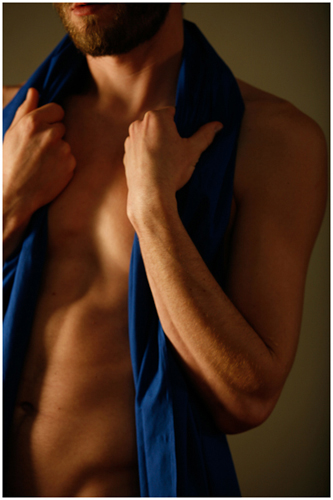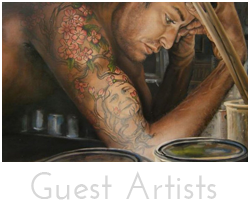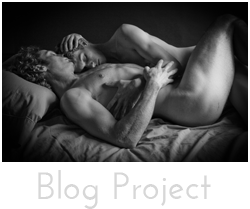 I have been doing an in depth research project on the painter known as Caravaggio lately. Trying to research his life and who the mysterious man might have been. He was not overly popular that the time he was painting and many of his images were rejected because he chose to use prostitutes and common people as the models for his religious works of saints. But he was one of the first to bring a certain reality into his paintings. He insisted on using live models as his subjects, trying to realistically create the setting from which he would paint, without any kind of preliminary sketching or studies. Baskets of fruit actually showed the mildew and decay far from perfection or the idealism that the contemporaries of his time created. They were studies of real life. He did tend to use a heightened and very theatrical lighting technique for his subjects. This too was also real, usually based on an actual light source, a window, a candle, or a lamp. So the fall of the light on the subjects realistically going to actual darkness. Many of his images are about light emerging from darkness. Very theatrical. The realism of his subjects expressions give them inner life and a depth that becomes absorbing for most viewers.
I have been doing an in depth research project on the painter known as Caravaggio lately. Trying to research his life and who the mysterious man might have been. He was not overly popular that the time he was painting and many of his images were rejected because he chose to use prostitutes and common people as the models for his religious works of saints. But he was one of the first to bring a certain reality into his paintings. He insisted on using live models as his subjects, trying to realistically create the setting from which he would paint, without any kind of preliminary sketching or studies. Baskets of fruit actually showed the mildew and decay far from perfection or the idealism that the contemporaries of his time created. They were studies of real life. He did tend to use a heightened and very theatrical lighting technique for his subjects. This too was also real, usually based on an actual light source, a window, a candle, or a lamp. So the fall of the light on the subjects realistically going to actual darkness. Many of his images are about light emerging from darkness. Very theatrical. The realism of his subjects expressions give them inner life and a depth that becomes absorbing for most viewers.
He was a man obsessed with his art and the realism of capturing the essence of the human spirit in his imagery. There is great speculation on his sexuality, especially leaning toward a bisexual tendency. He never married and used many of his male friends as the models of his paintings, especially the early ones. His work did not become popular until there was a seemingly obsessive resurgence of this work in the mid twentieth century. Though the images were never signed, except one, his style was highly recognizable and become an inspiration for generations of painters who followed. His life seemed to be in constant turmoil and the later part he spent fleeing for his life as he was convicted and sentenced to death for accidentally killing another man he meant to only wound in the groin area but severed his femoral artery and he bled to death. Many of his late images depict decapitation, which he became obsessed with since it was the means of execution at the time, his own head becoming the likeness of many of those paintings. He eventually died a poor man with nothing as his work and notoriety disappeared.
I do not try to compare myself to Caravaggio, but his work and imagery have a strong influence on my style. Having worked in theater as a lighting designer I am captivated by his use of light or probably more importantly his lack of the use of light. Much of his images are in darkness. But where the light comes across that what it reveals is brilliant. I am now spending a great deal of time working within my own studio trying to create some of the light from his painting. Though I have an arsenal of light filtration tools at my disposal, the balance becomes quite difficult. I have a tendency to want to fill the shadows too much with some sort of light to bring out more details, fearing the images will become too uninteresting with so much darkness. Of course every artist must find his own means of expression and what feels right, so the exercises merely become a jumping off point. It is not only about the light, but also more about the psychology of the subject. I look for subjects who bring a natural realism to the studio when we work. This way we are able to get at the core naturalism I have always admired. After all, art is really an expression of ourselves and how we relate to our own universe. There is something in the darkness of Caravaggio that ignites a passion deep within me that I relate to from my core. Perhaps it is my own turmoil that I see in others reflected back into myself. Much of the doubt I struggled with last year creating the blog project has brought a new light to myself. I am far more comfortable and confident then I was last year. It is now interesting to see it begin to emerge in the now explorations of my current work.




Caravaggio has always been a particular favorite of mine. And, I wonder — mere coincidence that I’m presently reading M: THE MAN WHO BECAME CARAVAGGIO by Peter Robb. Probably, but a pleasant one nonetheless.
That’s too funny I am also reading it now as well. I love the darkness Peter Robb explores in his life.